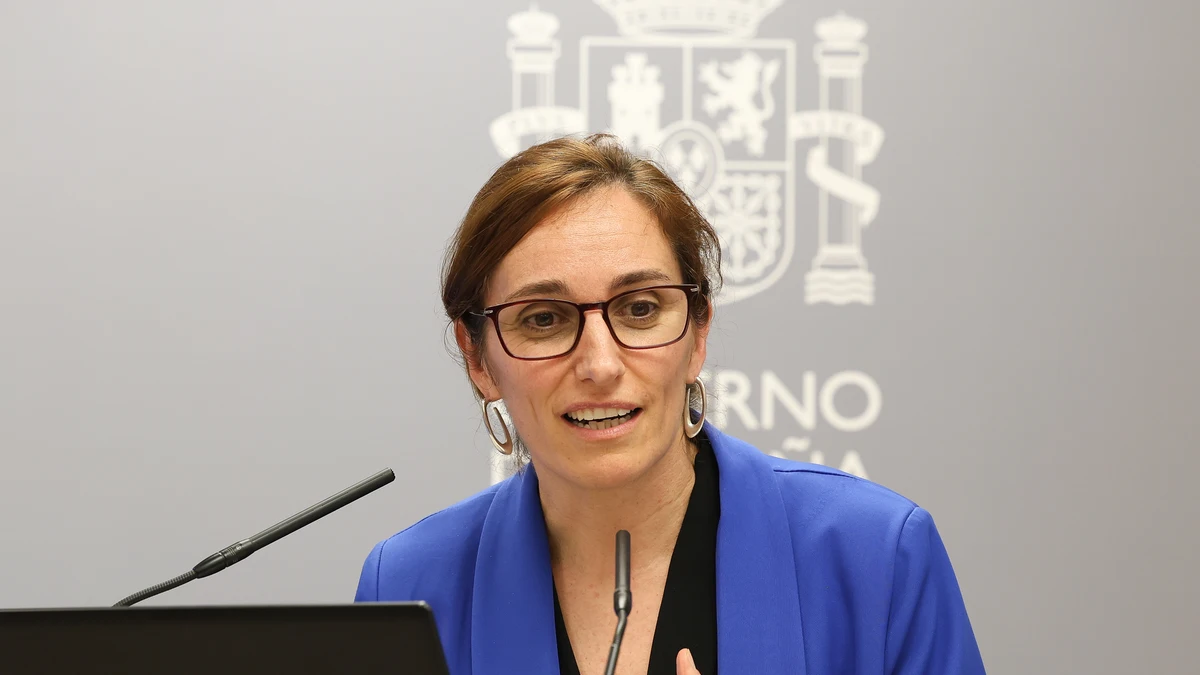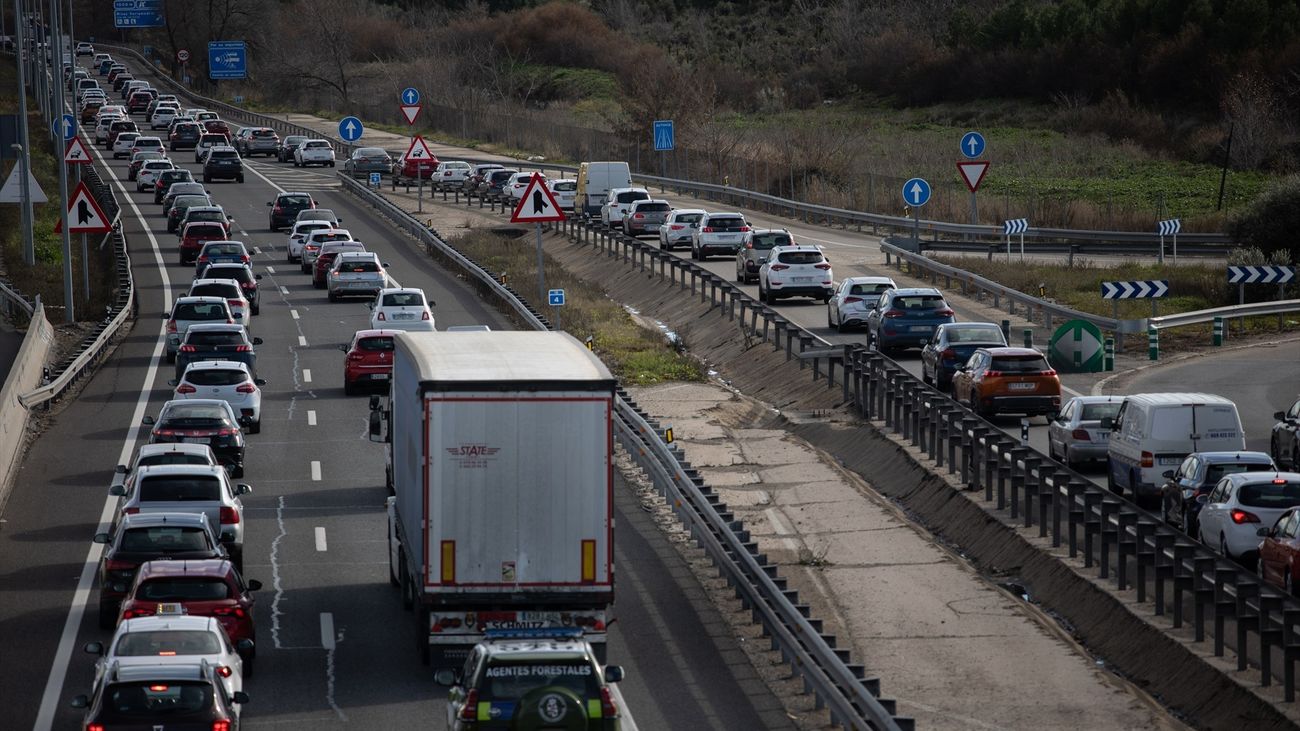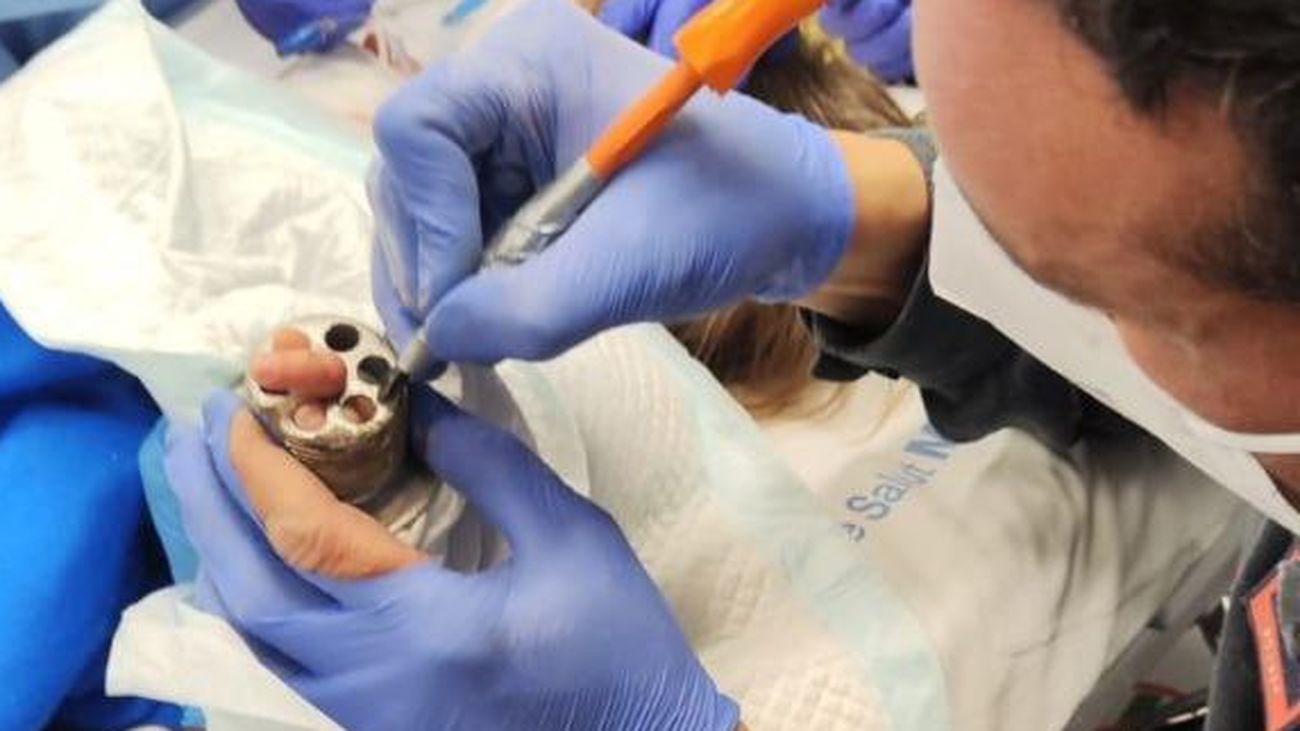The La Palma volcano will be officially declared off on Christmas Day

Scientists have confirmed an open secret since they warned more than a week ago a period of ten days for the eruption of the La Palma volcano. The director of National Geographic Institute (IGN) in the Canary Islands and spokesperson for the Scientific Committee, Maria Jose Blanco, reported at a press conference that in order to say that the eruptive process is complete, the recorded and observable data must be kept at current levels for one more day. Officially will be turned off this Saturday, Christmas Day.
101 days have passed since the activation of the volcanic alert, 95 since the beginning of the eruption and ten since the scientists of the Special Plan for Civil Protection and Emergency Assistance due to volcanic risk in the Canary Islands (Pevolca), after verifying the lack of signals, established a period of ten days of calm to declare extinguished this eruption.
For its part, el Pevolca technical director, Miguel Angel MorcuendeHe pointed out that there are still "very hot" areas at a shallow depth of the "crust" of the flows, since the thermal cameras have registered some points in which temperatures above 180ºC have been reached.
Even if, the end of the eruption will imply neither the end of the emergency nor of the danger, as indicated by the director of the Central Geophysical Observatory of the Geographical Institute
The visible emission of volcanic gases it continues to be punctual and sporadic, concentrating in the area of the eruptive centers and in the jameos of the volcanic tubes. Continuous small collapses occur in the walls of the main and secondary cone craters in favor of existing faults and fissures.
The tremor is at the level of the background noise. Seismicity, which is of low magnitude, is at very low levels at all depths. Despite the current level of seismicity, the occurrence of felt earthquakes is not ruled out. Regarding deformations, no trend in all stations of the network, after totally reversing the deformation in the Jedey station (LP03).
The emission of sulfur dioxide (SO2) The atmosphere due to the current eruptive process in Cumbre Vieja was low yesterday. The low and very low emission rates are not related to magma rise, but rather to a process of solidification of the superficial magma existing in the conduits of the eruptive center.
In the case of non-visible emanations of volcanic gases, the diffuse emission of carbon dioxide (CO2), associated with the 220 km2 of the Cumbre Vieja volcanic system, continues to reflect an emission higher than the average value of the background levels (B) and yesterday this diffuse emission was 7.3 times the average of the background levels (7.3 x B).
During yesterday the air quality due to sulfur dioxide (SO2), a pollutant associated with the eruptive process, continued at good levels in all stations and for the tenth consecutive day there have been no exceedances of the hourly or daily limit values at any station. In the early morning and tomorrow of today good levels of air quality are maintained in all stations.
Regarding particles smaller than 10 microns (PM10), yesterday good levels were maintained in all stations, not exceeding the daily limit value (established at 50 micrograms / m3) in any of them for the seventh consecutive day . During the morning of today the values between good and reasonably good are maintained in all the stations of the network.
The housed in hotels They are at 560, three people more than yesterday. Of the total, 385 are staying in Fuencaliente, 70 in Los Llanos de Aridane and 105 in Breña Baja, managed by the Red Cross and municipal services. In addition, 43 dependent people continue to be cared for in insular health centers.









